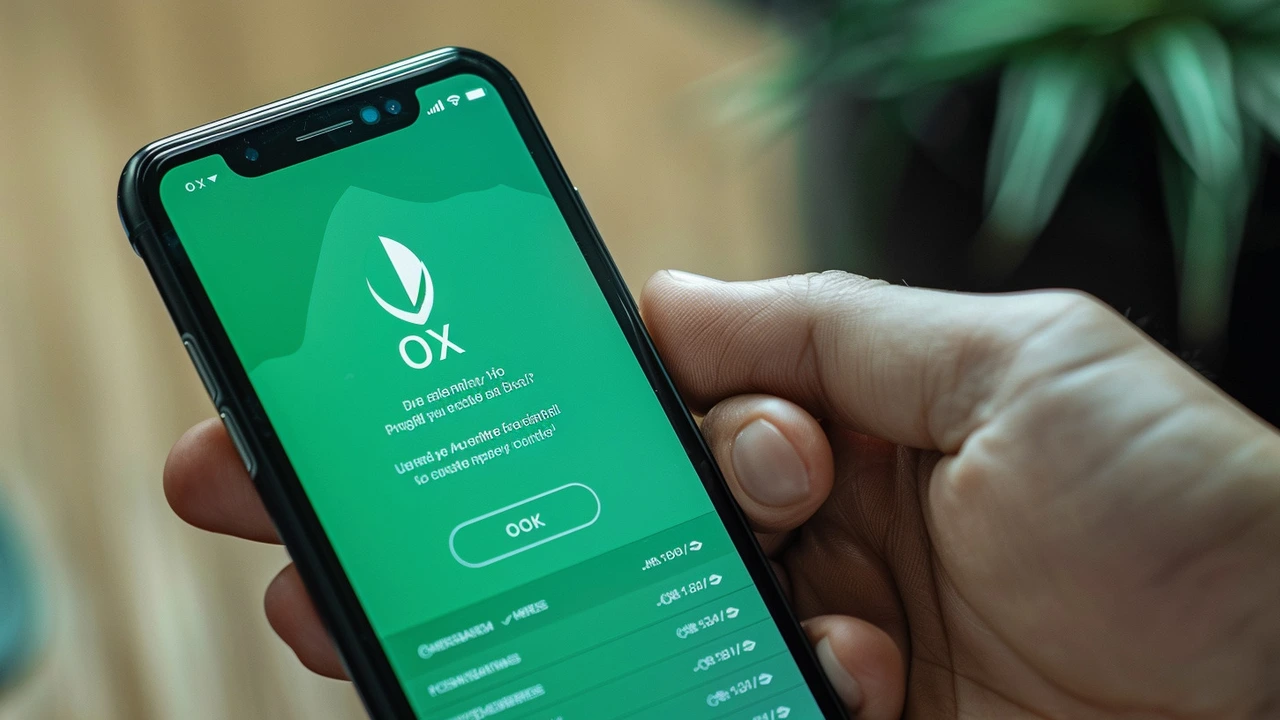Trading Pairs: How They Work and How to Use Them
Trading pairs tell you what you can trade and what you get in return. Think of a pair like BTC/USD — you buy or sell Bitcoin using US dollars. Knowing how pairs work helps you pick the best market, avoid big fees, and spot liquidity problems before they hit your trades.
What a trading pair is and how to read it
A trading pair always has two parts: the base currency and the quote currency. The base (first) item is what you’re buying or selling; the quote (second) shows how much of the quote currency equals one unit of the base. For BTC/USD, BTC is base and USD is quote. A price of 30,000 means 1 BTC = 30,000 USD. In crypto, you’ll also see pairs like ETH/BTC or ADA/USDT.
Pairs reflect market liquidity and demand. Major fiat pairs (USD, EUR, ZAR) and large stablecoins (USDT, USDC) usually have tighter spreads and faster fills. Exotic pairs or low-cap tokens can have wild price swings and bigger spreads, which raises trading costs and slippage.
Practical tips: choosing pairs, managing costs, and staying safe
Pick pairs based on your goal. Want stability? Trade into a stablecoin like USDT or a major fiat pair. Looking for growth? Base trades against BTC or ETH show how altcoins move against market leaders. Always check volume — higher 24-hour volume means easier entry and exit.
Watch the spread and depth. The spread is the gap between buy and sell prices; depth shows order sizes at those prices. Wide spreads and low depth mean higher costs. Use limit orders when markets are thin to avoid slippage.
Fees matter. Exchanges charge maker and taker fees that change by pair and account tier. If you trade big volumes, fee discounts or rebates for makers can save a lot. Also factor in withdrawal fees when moving assets off an exchange.
Consider local realities. In Africa, many traders use stablecoin pairs (USDT/ZAR, USDC) or P2P fiat rails to move funds cheaply. Pick reputable exchanges that support local currency and comply with rules to reduce deposit and withdrawal delays.
Risk-check the pair’s token. New tokens can get rug-pulled or de-listed. Read tokenomics, check active wallets, and look for audits. Use small test trades when trying a new pair or exchange.
Want to find arbitrage or hedge? Compare the same pair across exchanges and watch funding rates for perpetual contracts. But remember arbitrage needs capital and fast transfers; network fees can erase profits.
Use tools: order book, depth chart, and trade history to judge pair. Mobile alerts, price alerts, and stop-loss orders help protect gains. If you use bots, test strategies on paper trading. Always keep private keys and 2FA secure to protect funds. Start small and scale up as you learn.
Final quick checklist: read the pair notation, check volume and spread, use limit orders in thin markets, calculate fees, and confirm the exchange supports your local currency and withdrawal method. With those steps you trade smarter and keep surprises to a minimum.
